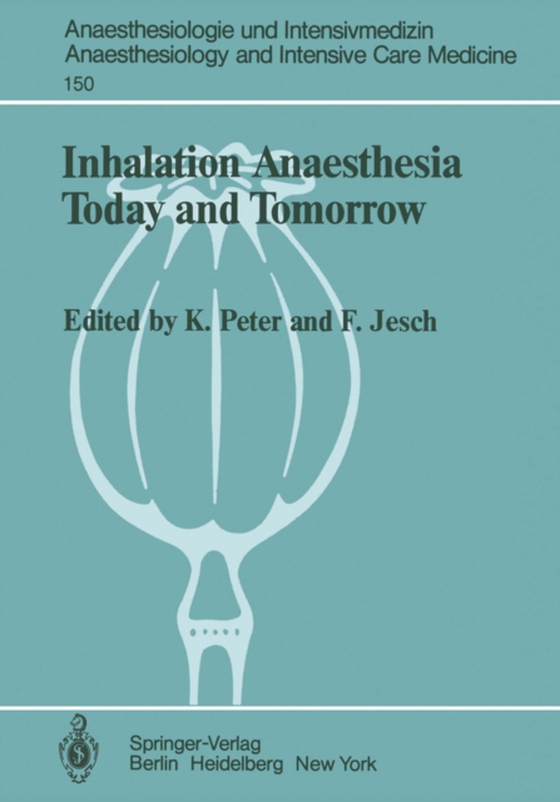
Inhalation Anaesthesia Today and Tomorrow e-bog
875,33 DKK
(inkl. moms 1094,16 DKK)
In clinical anaesthesiology the inhalation anaesthetics halothane (fluothane), enflurane and - in recent times - forane got a renaissance in clinical application. The reasons are not only the ad- vantages of volatile anaesthetics, but also the fact that the investi- gations of pharmacodynamics and pharmacokinetics of Lv. narcot- ics showed negative aspects. It was the aim of the organizers of t...
E-bog
875,33 DKK
Forlag
Springer
Udgivet
6 december 2012
Genrer
Anaesthetics
Sprog
English
Format
pdf
Beskyttelse
LCP
ISBN
9783642687136
In clinical anaesthesiology the inhalation anaesthetics halothane (fluothane), enflurane and - in recent times - forane got a renaissance in clinical application. The reasons are not only the ad- vantages of volatile anaesthetics, but also the fact that the investi- gations of pharmacodynamics and pharmacokinetics of Lv. narcot- ics showed negative aspects. It was the aim of the organizers of the symposium to give a survey of the present state of knowledge on inhalation anaesthetics, which is as up-to-date, critical as well as detailed as possible. Furthermore it was the intention to evaluate the recent advances made in the field of basic research. The first section of the symposium in particular enters into the question of the toxicity of volatile anaesthetics as well as their mechanisms of action. In a second main part the influences on cardiovascular system and on microcirculation are discussed. Apart from the extensive discussion of the advances in knowledge in the field of cardiovascular pathophysiology, the focal point of the contribut- ions is made up of those with anaesthesia in coronary heart disease and cardiac insufficieny as well as the contribution on interactions of inhalation anaesthetics with cardiovascular drugs. In the third and fourth section the influences of volatile anaesthetics on cerebral, hepatic, renal and pulmonary function are dealt with as well as questions concerning the clinical application. Particular attention is given to the important problems of indicat- ion in patients belonging to the extreme age groups.
 Dansk
Dansk

